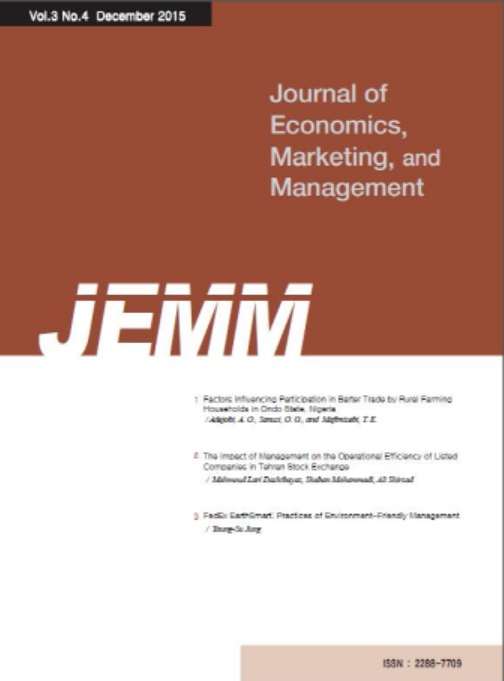- Log In/Sign Up
- E-ISSN2288-7709
- KCI
 E-ISSN : 2288-7709
E-ISSN : 2288-7709
Sun-Ju KIM
Abstract
Purpose: This study analyzed the factors that increase the satisfaction of local residents' housing and residential environment, and derived implications for housing suppliers and policymakers in local areas. Research design, data and methodology: The analysis method derived latent group types through latent profile analysis, and cross-analysis and covariate variance analysis (ANCOVA) were conducted to analyze the differences between these groups. Results: The analysis results are as follows. First, there are four potential group types: good neighborhood facilities and low-level surrounding environment 1 group, low-level neighborhood facilities and good surrounding environment 2 groups, overall low-level 3 groups, and overall high-level 4 groups. Second, groups 1 and 3 tend to live in relatively old apartments. Third, as a result of distributed analysis, groups with low accessibility to neighborhood facilities but good environmental conditions and groups with high overall levels had relatively high housing satisfaction. Conclusions: As an implication, we discussed the need for development that highlights natural environment-friendly characteristics as well as access to neighborhood facilities. In addition, in order to derive more specific implications, the direction of follow-up studies considering job linkage and the effects of specific and various environmental factors was presented together.
- keywords
- Latent Profile Analysis, Residential Environment Recognition, Residential Environment Satisfaction, Housing Satisfaction, Regional imbalance
- Downloaded
- Viewed
- 0KCI Citations
- 0WOS Citations













